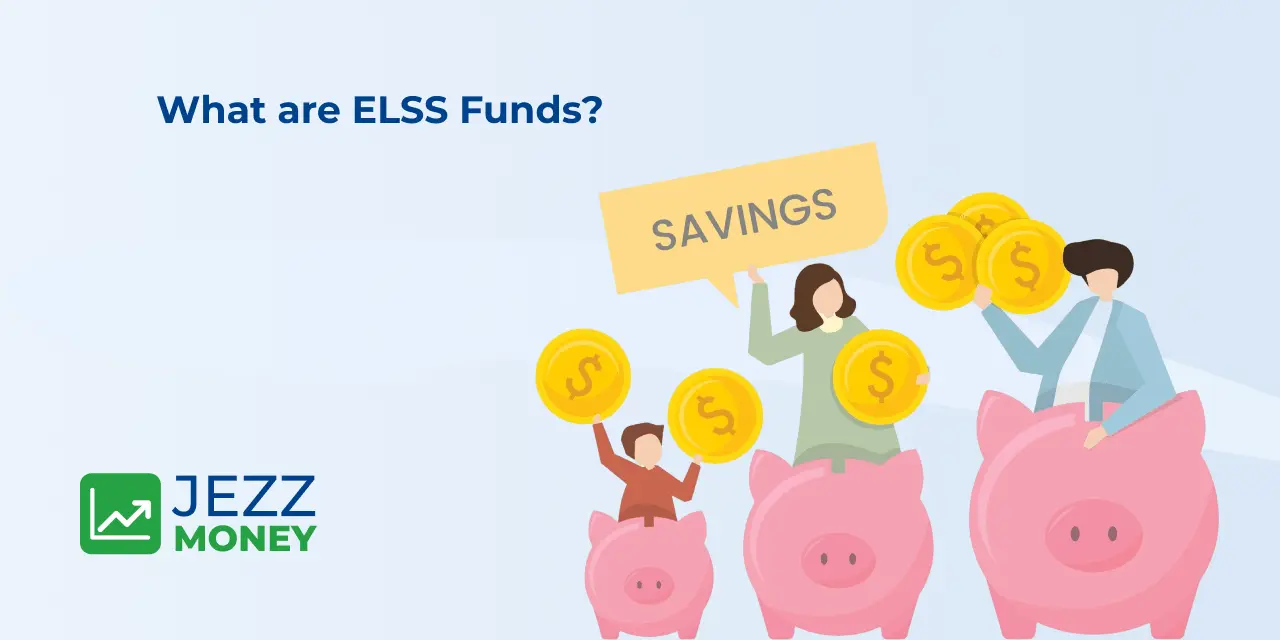Equity Linked Savings Schemes (ELSS) are mutual funds that allocate a significant portion of their assets to equity and equity-related instruments. These funds are best for tax-saving schemes. Section 80C of the Income Tax Act lets you deduct up to ₹1,50,000 from your taxable income every year.
ELSS funds are equity-oriented investments with a mandatory minimum three-year lock-in period. Many taxpayers have increasingly turned to ELSS schemes to benefit from these tax advantages in recent years. By investing in ELSS, you can claim a tax exemption on the invested amount up to the limit of ₹1,50,000.
Any income generated from these investments after the three-year lock-in period comes in the Long-Term Capital Gains (LTCG) categories. This income will be taxed at a rate of 10% if it exceeds ₹1,00,000 in a financial year.
